Average grass growth on our measuring beef farms was 46kg DM/ha/day last week. This matches the figure for the same week in 2016 – a poor year for early growth.
What’s different is the shape of the curve. This year’s grass growth has only become sluggish in recent weeks, after a kick at the beginning of April, while 2016’s growth came late, albeit in a relatively linear increasing fashion. Cumulative grass growth for this year will still be well ahead of last year on most farms at this point.
What’s frustrating is that we would expect to be in the 60s and beyond at the end of a typical April, and while some farms have reached these heights, the cold wintery snaps we’re still experiencing intermittently have largely kept the handbrake on growth rates.
It’s extraordinary just how contrasting grass situations are across the island. On the same day that certain farmers were baling paddocks to keep tabs on grass quality, we received pictures of fields blanketed in snow.
At this point, both the good and average grassland managers could be getting tight for grass. The good grassland manager may have paid close attention to his days-ahead targets and subsequently not have achieved the growth rates that these targets revolve around.
On a farm with a grazing demand of 65kg DM/ha per day – a growth rate traditionally hit in mid-April – the days-ahead (farm grass supply) figure will be shrinking fast at a 46kg DM/ha growth rate. The target is to have around 13 grazing days ahead of cattle on the farm at this point, but this figure depends on grass growth matching or exceeding demand. This is why it is vital to know both grass demand and growth rate – walk the farm.
The average grassland manager may have licked the farm clean in the back-end and put out very little fertiliser thus far in 2017 as they knew that turnout would be late. After mass exodus of cattle from sheds in the last few weeks, grass that had built up in the spring will be disappearing fast, and the poor growth and potential lack of nitrogen could spell sluggish recovery.
Luckily for both of our grass managers, temperatures are expected to pick up during the weekend.
There should be a good response to fertiliser applications over the weekend, though pay attention to the weather forecast in your area.

Co Kerry
System: suckler to weanling
Soil type: variable
Avg farm cover (kg DM/ha): 1,378
Grass growth (kg DM/ha/day): 42
Due to delayed turnout and high covers on farm at beginning of the year, we are in surplus at the moment. I took out two paddocks as bales last week. An extra day wilting and tedding the crop made for good-quality, high-dry-matter bales. I will take more bales out as the weeks progress.
My silage quality is an area that needs to be improved on, and I intend cutting all silage out as bales at an earlier date than in previous years. I spread half a bag of urea on all land I could travel early in February, and I am following up a cut or grazing with 1.5 bags of 18-6-12.
All calved cows are out at grass, and while our stocking rate is lower than we would like I am going to use this year to get my grassland in order for the higher stocking rate I anticipate in future. Late-calvers will be culled, while cull cows will be fattened off grass in July.

Co Laois
System: suckler to bull beef
Soil type: mostly dry
Avg farm cover (kg DM/ha): 937
Grass growth (kg DM/ha/day): n/a
It’s all go here at the minute, but thankfully we’re finally approaching the end of the calving and lambing season. Grass is steady but we’ve yet to really see it explode here with the paddocks just greening up nicely of late. We didn’t really get the kick from urea that we would have hoped for in early March. All silage ground is closed two weeks at this point with the hungrier (low-index) ground getting three bags of 18-6-12/acre, which will be topped up with straight nitrogen next week. The ground high in phosphorous got 3,000gallons/acre of very watery slurry, along with 19-0-15.
We took advantage of the fine spell in weather last week to sow beet and barley. We decided to blood sample 10% of the herd prior to breeding season, and they came back with a slight deficiency in cobalt. Cobalt has a negative effect on fertility, and a bolus has since been administered to all cows.

Co Wexford
System: suckler to steer beef
Soil type: heavy clay
Avg farm cover (kg DM/ha): n/a
Grass growth (kg DM/ha/day): 65
Grass is in plentiful supply on the farm, as we are currently building stock numbers. Calving is nearly complete at this stage. There was a slight issue with crypto a few weeks ago, where cows were calving indoors. We have since moved any of the cows that were left to calve to a paddock close to the yard, and thankfully there have been no problems with the last few calvings.
All of the grazing ground got a bag and a half of 18-6-12 three weeks ago, in order to build P and K. Silage ground has been closed for two weeks and it received around 2,000 gallons of slurry and three bags of cut sward per acre. There were 30 dairy bred calves purchased, which are doing very well. They will soon be put back to once-a-day feeding. A number of yearling steers have been purchased and have joined our own stock. Over the last few weeks a lot of work has taken place to increase paddocks and improve grass utilisation.

Tullamore Farm, Co Offaly
System: Suckler to beef
Soil: Variable
Avg farm cover (kg/DM/Ha): 643
Grass growth (kg DM/ha/day): 30
We currently have 109 cows calved with 107 live calves. We had one still birth and we lost one calf at six weeks with a liver abscess. We had three C-sections all in heifers and five veterinary assists. We assisted 22 cows at calving and 79 cows calved unassisted. We currently have three cows left to calve. Grass growth is a little slower than expected at 30 kg/DM/day, but demand is running at 34kg/dm/day. Grazing ground has received 72 units of nitrogen/acre. We spread one bag/acre of 18:6:12 this week on the grazing block to boost some low P and K levels on paddocks. We currently have 19 days ahead of stock and we have nine acres out for reseeding, which was completed last week using a stitching machine and 48 acres closed for first-cut silage. Breeding started in heifers last Monday and is starting in cows next Tuesday 2 May. We are using AI for five weeks and then stock bulls for six weeks.

Grass+ dairy: growth rate still rising despite the cold snap











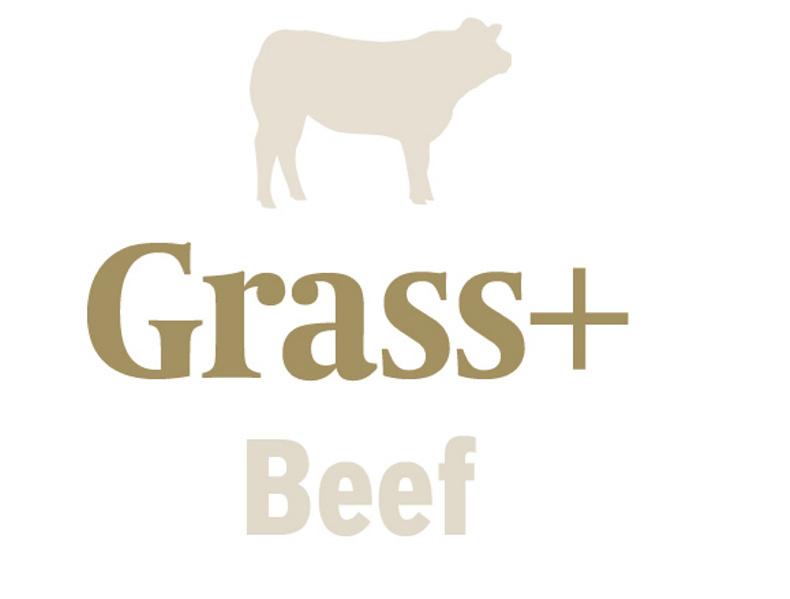
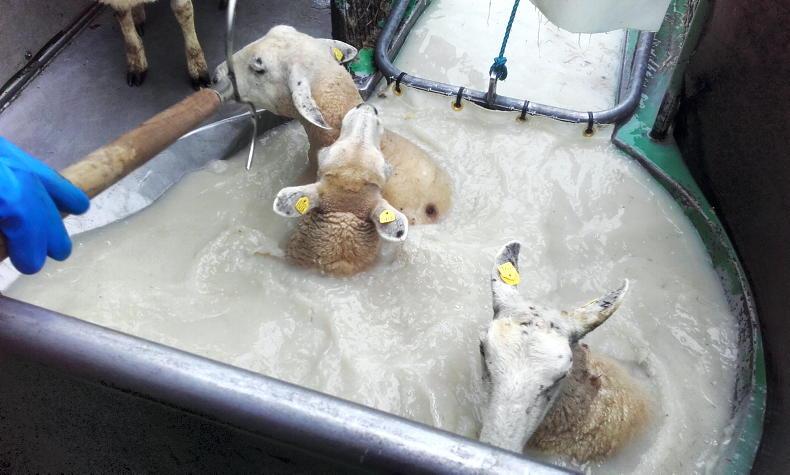

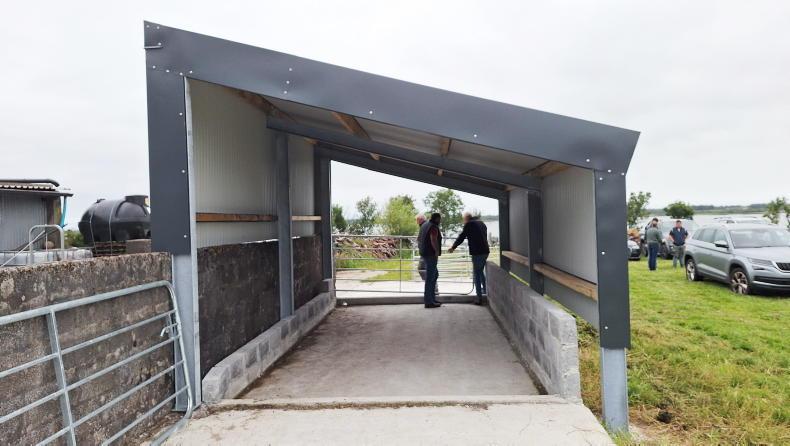
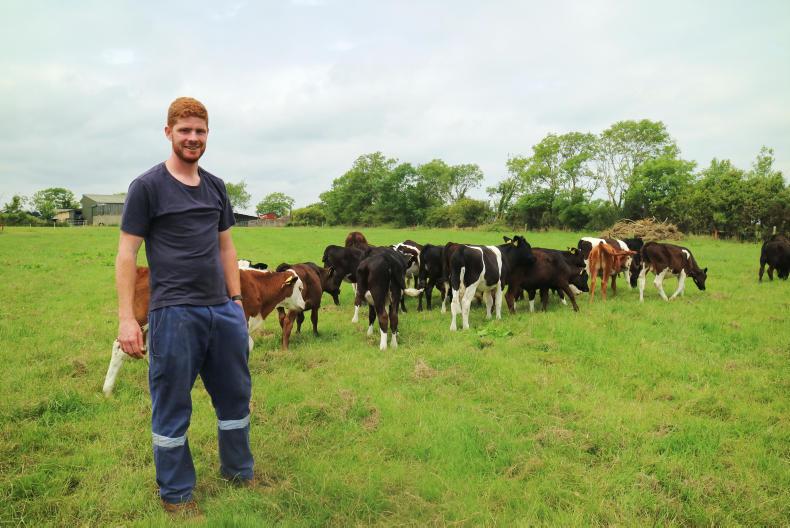
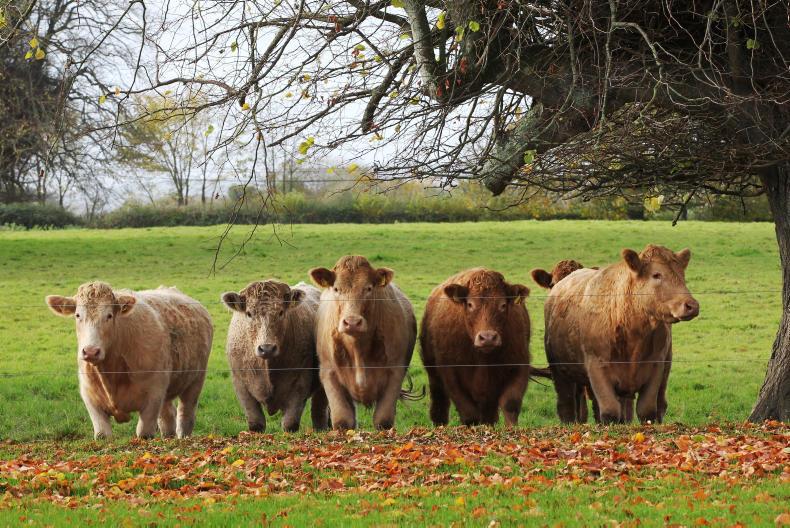
SHARING OPTIONS